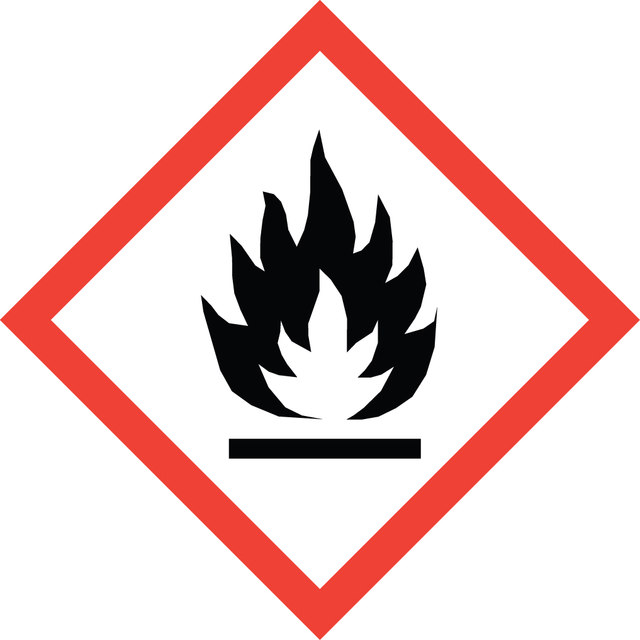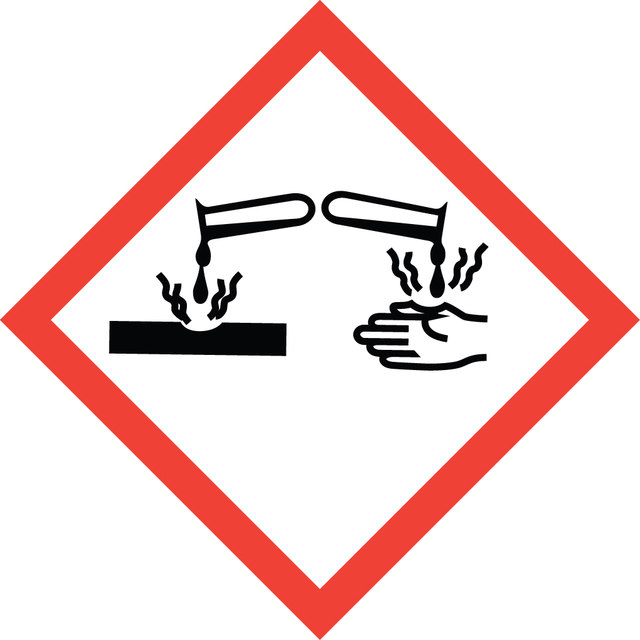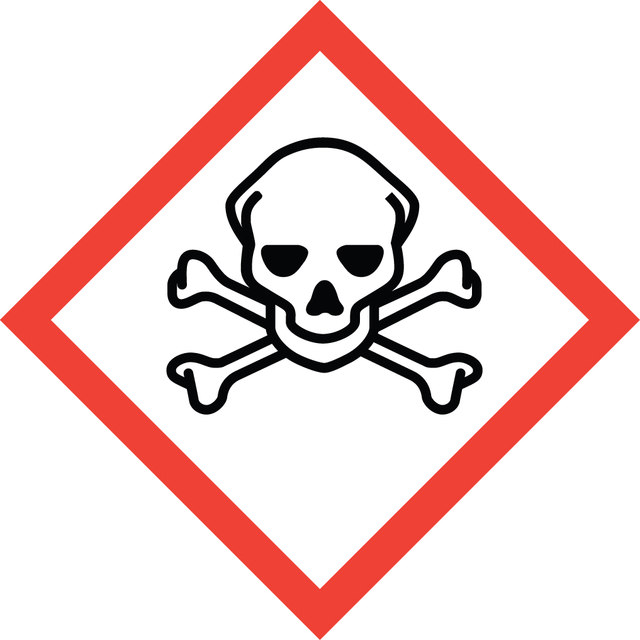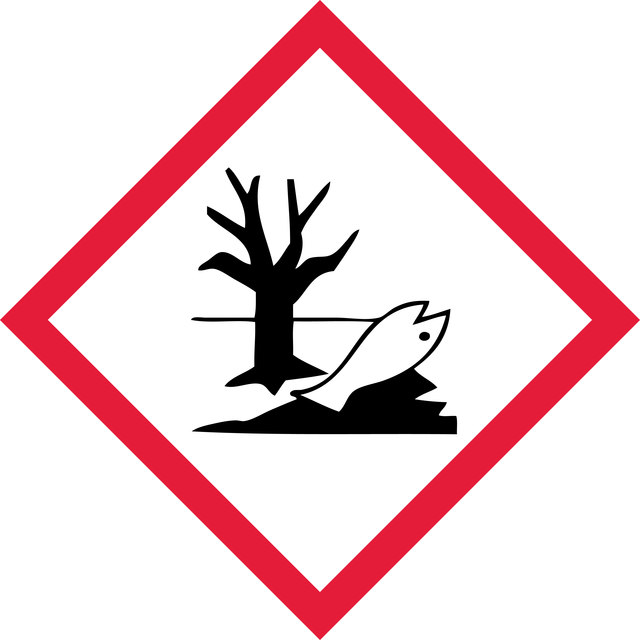8.00834
Acrylonitrile
(stabilised with hydroquinone monomethyl ether) for synthesis
Synonym(s):
Acrylonitrile, Acrylic acid nitrile, Vinyl cyanide
About This Item
vapor pressure
124 hPa ( 20 °C)
Quality Level
Assay
≥99% (GC)
form
liquid
autoignition temp.
480 °C
potency
78 mg/kg LD50, oral (Rat)
expl. lim.
2.8-28 % (v/v)
pH
6.0-7.5 (20 °C, 50 g/L in H2O)
bp
77.3 °C/1013 hPa
mp
-83.55 °C
transition temp
flash point -4.4 °C
density
0.81 g/cm3 at 20 °C
storage temp.
2-8°C
SMILES string
N#CC=C
InChI
1S/C3H3N/c1-2-3-4/h2H,1H2
InChI key
NLHHRLWOUZZQLW-UHFFFAOYSA-N
Application
- Designing amphipathic surfaces: The use of interfacial energy in photopolymerization processes for creating amphipathic surfaces, enhancing applications in coatings and biomedical devices using acrylonitrile polymers (Curley et al., 2024).
- Dental model printing technology: Atwal and Bhatnagar assessed the flexural strength of dental models fabricated using various 3D printing technologies, including those utilizing acrylonitrile-based resins, highlighting differences in mechanical properties (Atwal and Bhatnagar, 2024).
- Rubber composite enhancements: Kruželák et al. examined the electrical conductivity, EMI absorption, and mechanical properties of rubber composites, incorporating acrylonitrile to improve performance in industrial applications (Kruželák et al., 2024).
- Biopolymer blend characterization: Akbarian-Saravi et al. characterized the mechanical and biodegradation properties of NBR/biopolymer blends, with acrylonitrile enhancing the blend′s performance in various industrial and environmental applications (Akbarian-Saravi et al., 2024).
- Electrode/electrolyte interface regulation: Chen et al. discussed constructing polymer molecules to regulate the electrode/electrolyte interface in lithium-metal batteries, utilizing acrylonitrile derivatives to enhance battery performance (Chen et al., 2024).
Analysis Note
Density (d 20 °C/ 4 °C): 0.805 - 0.807
Water (K. F.): ≤ 1.0 %
Identity (IR): passes test
Signal Word
Danger
Hazard Statements
Precautionary Statements
Hazard Classifications
Acute Tox. 3 Dermal - Acute Tox. 3 Inhalation - Acute Tox. 3 Oral - Aquatic Chronic 2 - Carc. 1B - Eye Dam. 1 - Flam. Liq. 2 - Skin Irrit. 2 - Skin Sens. 1B - STOT SE 3
Target Organs
Respiratory system
Storage Class Code
3 - Flammable liquids
WGK
WGK 3
Flash Point(F)
23.0 °F - closed cup
Flash Point(C)
-5 °C - closed cup
Certificates of Analysis (COA)
Search for Certificates of Analysis (COA) by entering the products Lot/Batch Number. Lot and Batch Numbers can be found on a product’s label following the words ‘Lot’ or ‘Batch’.
Already Own This Product?
Find documentation for the products that you have recently purchased in the Document Library.




